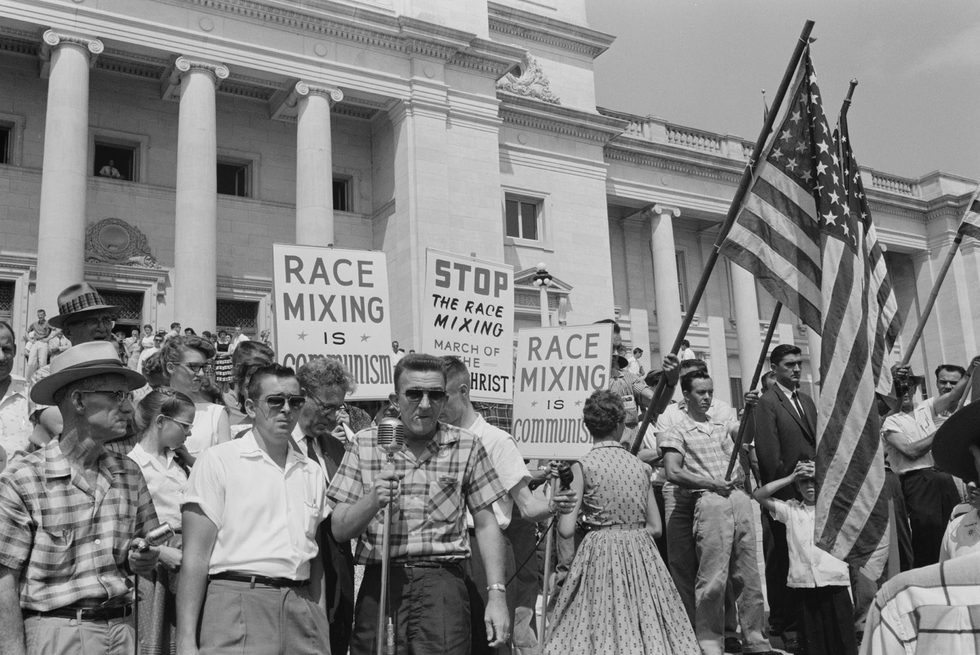Teaching Race: Translation
From the Series: Teaching Race
From the Series: Teaching Race

Why is race a topic in the anthropology curriculum? Because, if we understand anthropology to be the study of humans as group members (Boas 1928), then the nature and meaning of groups of people—from as small as a family to as large as a clade—are its central objects of study.
I see race as one of the fundamentally natural/cultural (see Goodman, Heath, and Lindee 2003) instances of grouping people, one that could most fruitfully be explored in a team-taught anthropology seminar. Unfortunately, that is a pedagogical luxury that most of us (myself included) are not able to enjoy. Consequently, I think we tend to focus on the intellectual areas of race in which we feel most comfortable, even in what is so manifestly a transdisciplinary topic.
As a biological anthropologist, I try to encapsulate for my students the field’s key discovery over the course of the twentieth century: namely, that race and human variation are different things. I think that much of late-twentieth-century biological anthropology was devoted to grappling, however clumsily, with the implications of this discovery.
Fundamentally, however, it is indeed useful to distinguish the taxonomic fallacy of race from the political act of racism, since they often travel together and are easily conflated. I certainly agree that they must be taught differently. Race is empirically false; the human species simply does not come packaged as race requires. Racism, on the other hand, is not so much false as evil. We recognize it as injustice, and we strive to achieve social justice. There is nothing scientific about it; it requires the introduction of a moral discourse. This is often challenging ground for a biological anthropologist.
I, too, see the proposition “race is not real” as vexing. Yet here, again, is an opportunity for students to explore another natural/cultural object anthropologically: science, that is. Race is obviously real as lived experience; the sense in which it is unreal is as a basic partitioning of the human gene pool. That is to say, race is unreal as a set of biological, or natural, facts, but it is very real as a set of social, political, and experiential facts. We then are in a position to ask how the statement “race is not real genetically” gets elided into “race is not real”—even by thoughtful people. How does genetic reality become the only reality? (Older folks sometimes vaguely remember the Human Genome Project and its hype at this point.) And from there, it is a short step to the statement “if genetic reality is the only reality, then political injustice does not exist, for it is not a fact of genetics.”
Political injustice does exist. Many students sign up for my course because of it. Hopefully, as a result of the course, they are now in a position to think differently about ontology, about the bio-politics of human science, and about the cultural power of genetics (Nelkin and Lindee 1995).
Is the anthropological critique of race insignificant? In the 1950s, it got Ashley Montagu and Gene Weltfish fired from their teaching positions (at Rutgers and Columbia, respectively). It seems to have been threatening to somebody. And all the old pseudo-anthropological fallacies recently made it again to the bestseller lists in Nicholas Wade’s (2014) A Troublesome Inheritance. I suspect the anthropological critique of race is still important precisely because we are still so threatening to the dwindling, yet vocal, scientific racists (see Marks 2014).
Much of the contemporary race literature in biological anthropology is devoted to differentiating human microevolution from race: that is, to telling us effectively what race is not (e.g., Sussman 2014). This does leave open the question of just what race is, and here the anthropologically inspired ideas of Karen Fields and Barbara Fields (2012) are especially interesting. They argue that, like African witchcraft to E. E. Evans-Pritchard (1937), race performs such an important social function that its lack of existence in nature is effectively irrelevant. This function is to maintain structural political and economic inequalities. Race is thus a naturalistic rationalization for the existence of gross disparities in social power. Despite being a false fact of nature, race becomes as real as African witchcraft. It is given an existence through social and political action.
I find this explanation particularly attractive because it offers an account not just of what race is or what racism is, but of what anthropology specifically can contribute to those conversations.
Boas, Franz. 1928. Anthropology and Modern Life. New York: W. W. Norton.
Evans-Pritchard, E. E. 1937. Witchcraft, Oracles, and Magic among the Azande. Oxford: Clarendon Press.
Fields, Karen E., and Barbara J. Fields. 2012. Racecraft: The Soul of Inequality in American Life. New York: Verso.
Goodman, Alan H., Deborah Heath, and M. Susan Lindee. 2003. Genetic Nature/Culture: Anthropology and Science Beyond the Two-Culture Divide. Berkeley: University of California Press.
Marks, Jonathan. 2014. “Review of A Troublesome Inheritance by Nicholas Wade.” Human Biology 86, no. 3: 221–25.
Nelkin, Dorothy, and M. Susan Lindee. 1995. The DNA Mystique: The Gene as Cultural Icon. New York: Freeman.
Sussman, Robert Wald. 2014. The Myth of Race: The Troubling Persistence of an Unscientific Idea. Cambridge, Mass.: Harvard University Press.
Wade, Nicholas. 2014. A Troublesome Inheritance: Genes, Race, and Human History. New York: Penguin.